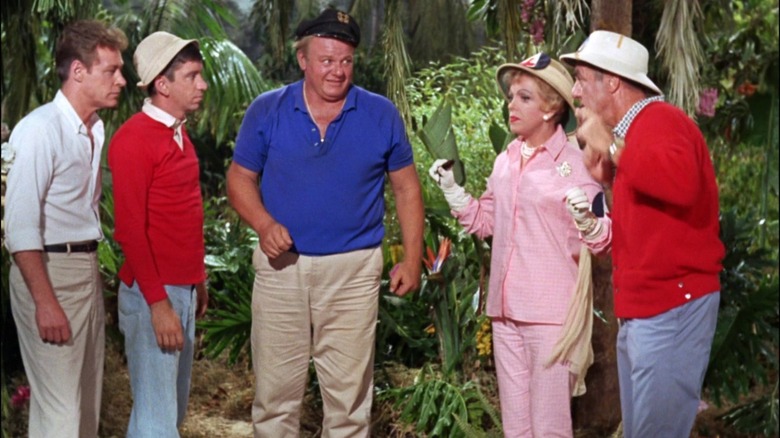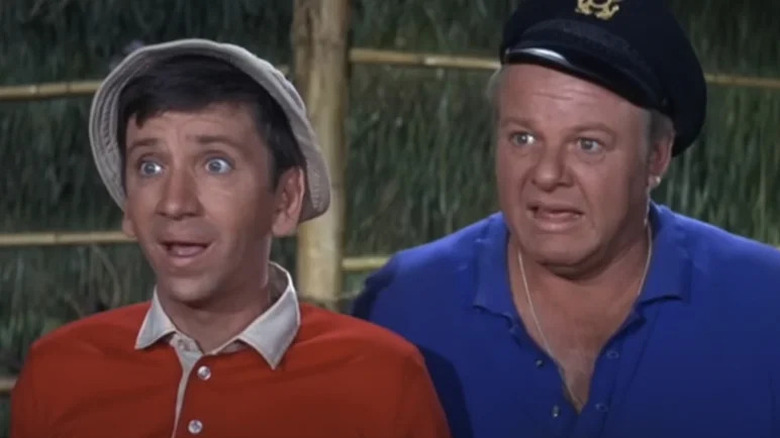There is a general aesthetic rule in animation, often stressed in animation schools, called the silhouette principle. The idea is that an animator, when designing a character, should endeavor to create something that can instantly be recognized in silhouette. Think of a character like Bart Simpson. Even if presented completely in shadow, Bart is instantly recognizable. Same with Fred Flintstone, Speed Racer, or Invader Zim.
When it comes to color, there is a similar principle one might learn in similar classes. If a character is associated with a certain color scheme, it’s important to consistently repeat that color scheme. This is certainly a rule that pertains to superheroes; Superman always requires a blue suit, a red cape, red boots, and a yellow belt in the middle. The Hulk, when looked at standing up, is green on top and green on bottom, but always has purple pants in the middle. There isn’t anything necessarily being communicated about the Hulk’s character via these colors, but the scheme makes the Hulk just as instantly recognizable as Bart Simpson. Bart, incidentally, also always wears the same colors.
When one thinks of the cast of “Gilligan’s Island,” one can see both the silhouette and color principles at work. Lovey Howell’s pink pantsuits, Mary Ann’s black pigtails, Mr. Howell’s pith helmets … these were all visual indicators that made the show easy to consume and the characters easy to recognize. Most importantly, Gilligan (Bob Denver) always wore a long-sleeve red shirt and white hat, while the Skipper (Alan Hale, Jr.) always wore his blue polo and black sailor’s hat.
The costume choices were not merely good visual storytelling. Practically, it made sense that stranded castaways wouldn’t be changing clothes too often (except for the Howells, but Schwartz had an answer for that). Indeed, “Gilligan’s Island” creator Sherwood Schwartz credited the simple costumes and inherent silhouette/color scheme for the show’s overwhelming success.
It’s all about the color
In a 1965 interview with TV Guide, handily archived by MeTV, Schwartz compared the color-coded costumes on “Gilligan’s Island” to the professional coding one might see in a traditional Western or doctor program. He liked shows in which a viewer would be able to tell what kind of show they’re watching instantly. Schwartz said:
“I’m an enormous believer in uniforms. One of the big reasons for the success of many shows is identification; the sheriff with the badge and the hat, the doctor with his white jacket, as opposed to the newspaper-reporter shows. These have failed because the actors look like other people. Whether you like my show or not, you tune into ‘Gilligan’s Island’ and in one second you know what show you’re looking at.”
The newspaper shows Schwartz seems to be alluding to may be forgotten to a modern audience. The TV series “Saints and Sinners” lasted one season in 1962 on NBC. Also from 1962, the ITV series “Man of the World” only ran for 20 episodes. The previous year, CBS had a one-season wonder with “Ichabod and Me.” Schwartz may have also been making a subtle dig at the competing sitcom “My Favorite Martian” which debuted in 1963. That was a wacky sitcom about a visiting space alien (Ray Walston), but the central human character (Bill Bixby) was a newspaper reporter.
Regardless, he clearly felt that plainclothes characters weren’t a good indicator of character or situation. “Gilligan’s Island” gave its characters unofficial uniforms, and personally, I think Schwartz may be correct about the uniform’s ability to make the show instantly recognizable. As a Trekkie, I recognize the power of color-coded uniforms.




